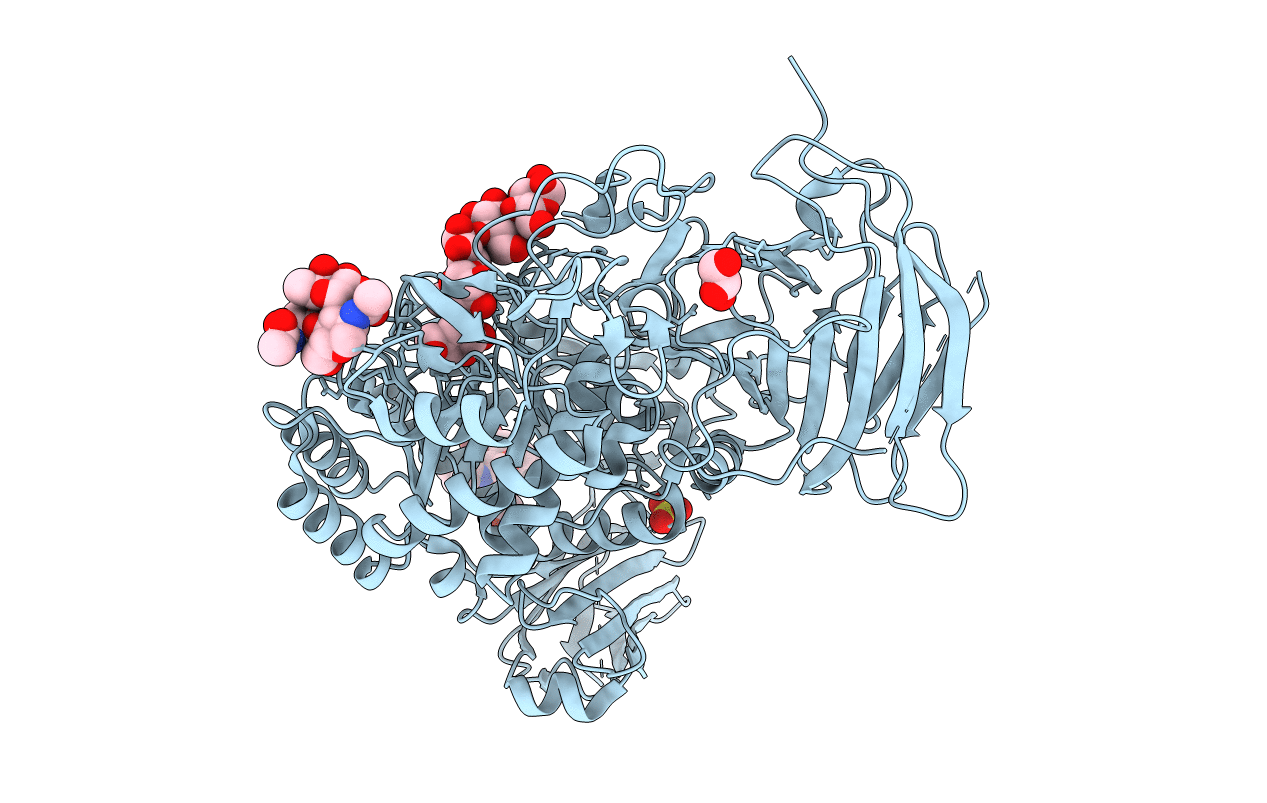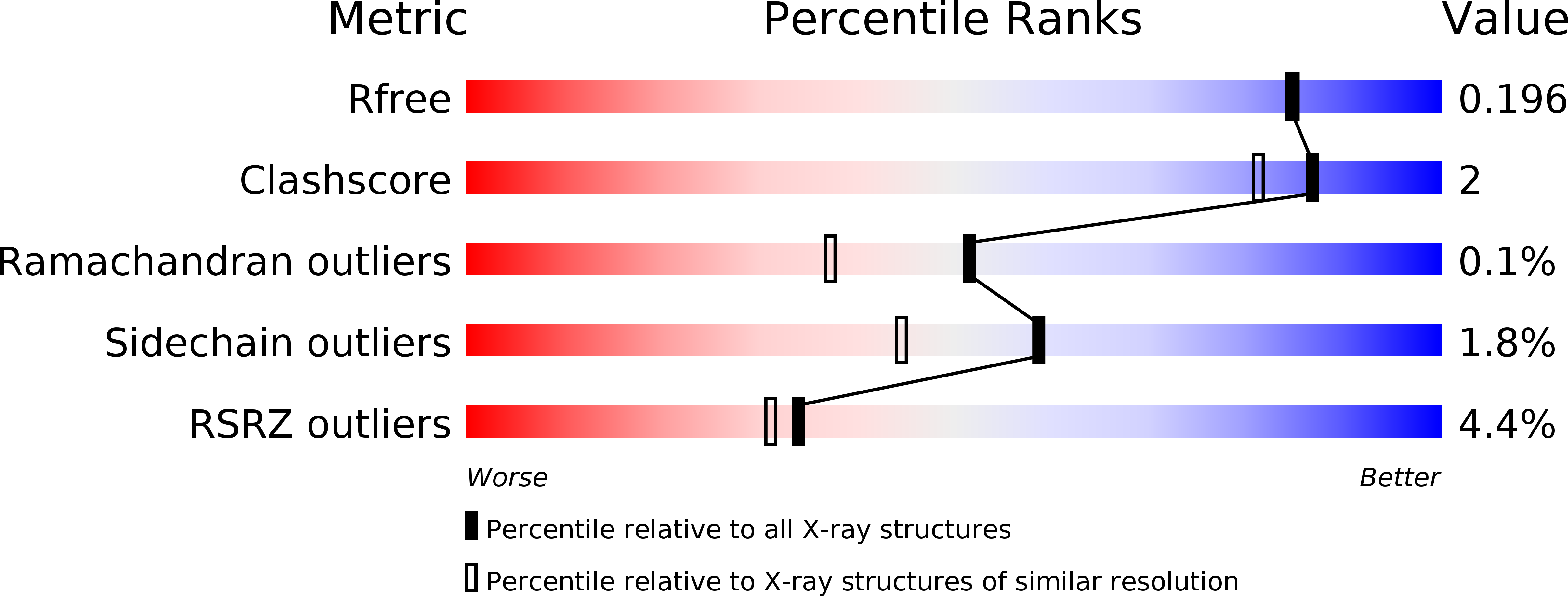
Deposition Date
2013-07-08
Release Date
2014-07-16
Last Version Date
2024-10-30
Method Details:
Experimental Method:
Resolution:
1.84 Å
R-Value Free:
0.19
R-Value Work:
0.17
R-Value Observed:
0.17
Space Group:
P 21 21 21


